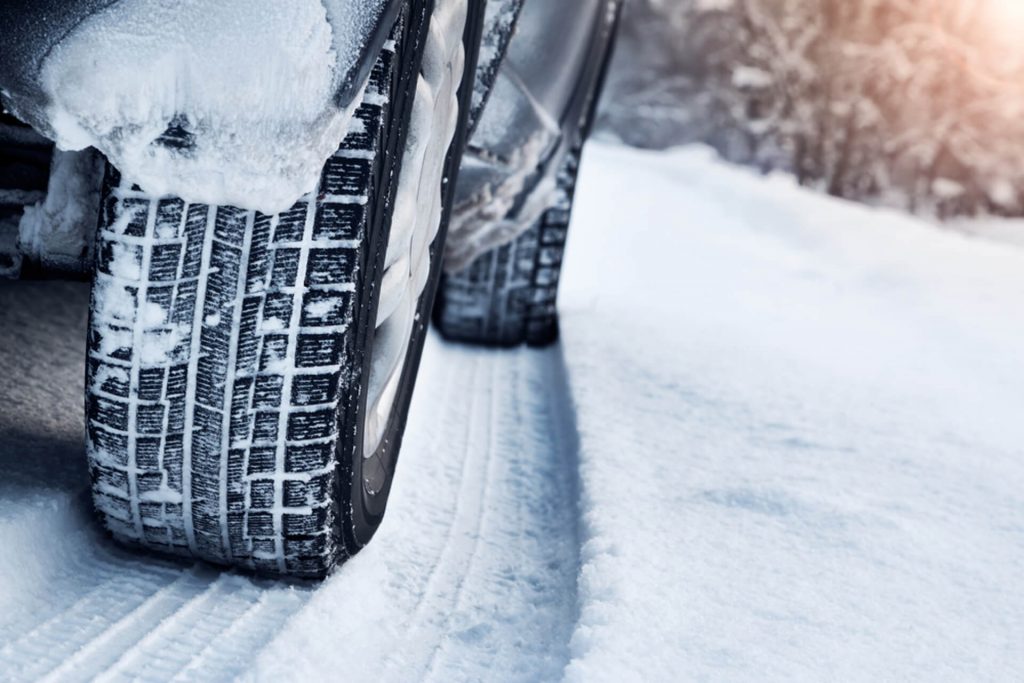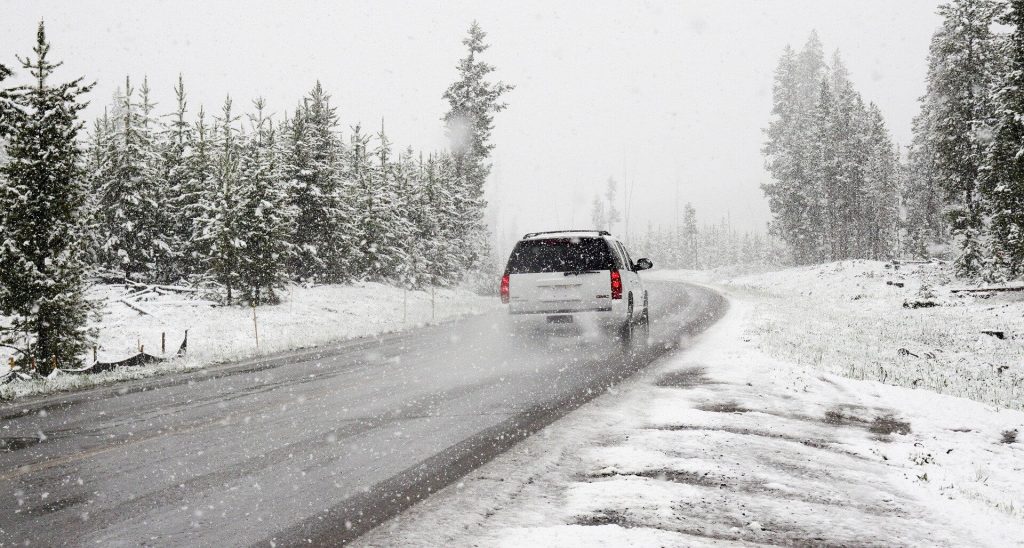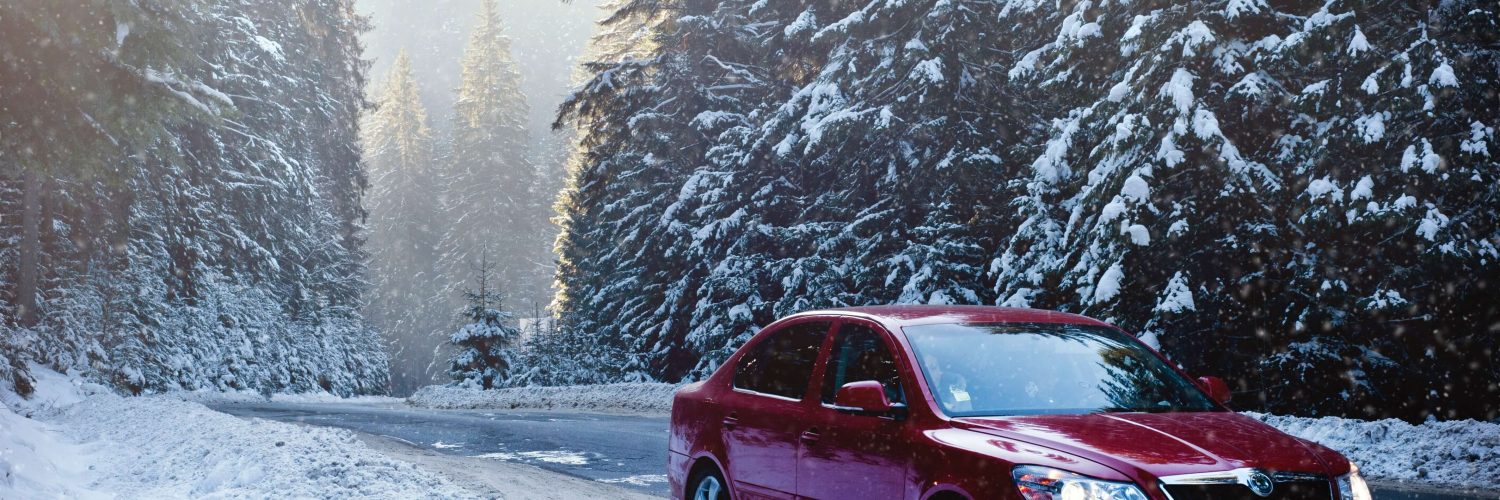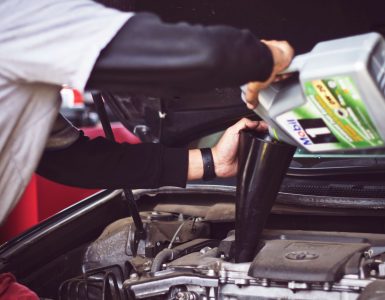Winter driving has its specialties and hides certain risks. It is a challenge, both for the drivers and for the cars themselves.
Many people even prefer not to use their cars in winter and are looking for alternative transport.
If, however, you are one of the enthusiasts who are ready to drive on the snowy roads then we suggest that you take some steps to prepare your car for the cold days. This will surely minimize the chance of you getting late for work just because your vehicle decided not to start this freezing morning.
Even more frightening seems the scenario of you spending a day or two stuck in the snow waiting for the high-tech technology trucks to pull you out.
To save yourself from these extremely unpleasant experiences, you need to prepare your car for the winter, paying attention in advance to a few basic things, which will help the systems to function properly and ensure safe and careless driving.
Below is our winter checklist that every driver must follow before the temperatures fall.
The Complete Vehicle Winter Preparedness Checklist
1. Winter Tires
Make sure to change all four tires of your vehicle. We are saying that because over the time we’ve seen people changing only the front tires (on a front-wheel-drive vehicle) or the rear tires (on a rear-wheel-drive vehicle).
Even a budget winter tires behave better in winter conditions than summer tires and all-seasonal tires. Using all-season tires on regions with a very cold climate where you get a lot of snow and ice is an unjustified compromise with your safety.
If, however, you are living in a place with a mild climate, here you can find the top-performing all-season tires for every vehicle.
Even if you’re an incredibly good driver and you don’t have problems driving in winter conditions, you never know in what situation the drivers behind you or in front of you will put you in.
Then, with the need for quick braking or a sudden change of direction, winter tires will do what they were designed to do and justify the investment.

When Should You Put Your Winter Tires On
Generally, the right time to change to winter tires is when the first cold days are present. More specifically we can say when the temperatures drop below 45°F. This is usually at the end of October, beginning of November.
Especially if you’ve got separate rims with winter tires on them and you are going to change them yourself out in front of your house, there is no need to wait for the first snow to fall.
Remember that the winter tire is made of materials that have good performance at low temperatures. The rubber is softer and elastic, which in turn provides a better grip in cold weather even if you do not drive on snow.
Check the tire pressure and keep it within its optimum range. As the temperature changes, the tire pressure changes as well. Make sure the tires are not too old and that the grip is deep enough (at least 3-4mm).
Remember, once the winter is gone, return the summer tires on your car and make sure your winter tires are stored correctly. That means that you should choose a dry place with a relatively constant temperature.
Furthermore, keep in mind that winter tires wear out very quickly when they are used on warm weather and hot asphalt.
2. Car Battery
In low winter temperatures, the car battery is a particularly sensitive element in the car. Cold has a negative effect on every battery, and a cold engine requires a lot of current for the initial start because of the thickened engine oil.
A dead car battery is one of the most common reasons to stay out of your transportation, especially on a frosty morning.
If during the relatively warm autumn days, the battery indicates that it is “slowly dying” and rotates the starter more difficult than usual, then it probably won’t get you through the winter and you better replace it in advance.
Here you can find a list of the best car batteries on the market.
Even if the battery is in seemingly good condition, the cold can make you a bad joke if you don’t use your car every day. Here comes the need to charge your car battery periodically with a smart car battery charger.
Don’t leave the battery out in the cold for long periods if you are not using your car. It is a good idea to remove it and leave it at room temperature even if you don’t want to put it on a charger.
Make sure that the terminals are clean of oxide and corrosion, and that they are tightened properly and in good contact.
3. Engine Oil and Filters
If the regular oil change is due soon and you are wondering whether to leave it for the end of the winter, our suggestion is not to postpone it and change it before the cold days.
If you are wondering which are the highest quality synthetic oils, check our complete list here.
As mentioned above, the low temperatures thicken the engine oil and that makes lubricating the cold engine during start very difficult.
Along with the oil filter (that you must change with every oil change), it is also a good idea to replace the fuel and air filters to support the work of the engine in the difficult winter conditions.

Here is the time to mention the so important timing belt (if your car is not with a chain). Don’t take unnecessary risks and change it if it looks worn out or the due date is soon.
Changing the cabin filter will ensure you have a well – functioning heating system which is not only responsible to warm you up but is also important when it comes to condensation of the windows.
4. Antifreeze
Another “must-do” before the chilly mornings come is to check the freezing temperature of your coolant and add antifreeze if needed.
You can do that in the nearest garage or you can do it easily yourself if you have coolant tester – a very useful and inexpensive tool to have at home.
If you don’t have a coolant tester, however, it is important to be sure that the liquid in the radiator will not freeze even on the coldest winter nights to prevent you from costly repairs.
The easiest way to check your coolant at home (if you don’t have a coolant tester) is to open the radiator cup, pull some of the liquid with a big syringe and leave it in the freezer overnight.
If the coolant has not thickened dramatically on the next morning, you can be sure it is ok and just keep it between the minimum and maximum levels indicated on the coolant expansion tank.
A blocked thermostat will not allow the engine to reach its operating temperature or in case it reaches it, that will be very slow compared to normal which is not desirable.
Furthermore, you will have the heating system not working properly which is an additional inconvenience during the cold days.
5. Wipers and Windshield Washer Fluid
Windshield Wipers
Replace your windshield wiper blades in case they are too old, leave marks, or make scratching sounds. Visibility in winter driving is essential because of the rapidly changing road conditions.
Low temperatures will additionally harden the wiper rubber which will make their performance even more unsatisfactory.
Windshield Washer Fluid
Refill the winter windshield washer fluid and if it is concentrate, dilute it according to the instructions.
When diluting the fluid, keep in mind that especially in the lower-cost products the freezing limit is often exaggerated by the manufacturer.
What we suggest if you are using some cheap winter fluid is to increase a little the percentage fluid-water than the instruction says.
That way you will be on the safe side because freezing of the windshield washer fluid can cause the tank and the hose to crack which in turn may lead to a dangerous road situation.
After pouring the new winter washer fluid, make sure to spray out the old one and adjust the nozzles if necessary.
Do not underestimate the importance of windshield wipers, as in winter driving conditions, they are in constant use because of the water, mud, and brine on the roads.
6. Spark Plugs
The spark plugs on diesel engines are irreplaceable helpers when it comes to starting at low temperatures.
While a malfunction in one of them may not have a significant effect, if, for example, two of the spark plugs are bad, it is more likely that the engine will not start at all.
What happens then in the attempts to start the engine is to “kill” and the car battery which complicates the situation even more.
To save yourself this headache, have the spark plugs checked and have them replaced if some of them are bad.
The best thing to do is to change them altogether since spark plugs have a certain lifespan and usually if one or two are bad, the rest will follow soon.
7. Body of the Car

To protect the paint and the clear coat of your vehicle, it is recommended to have it waxed high-quality car wax before the winter season. This will provide additional protection against salt and brine which are on the roads and enhance corrosion.
It is also advisable to wash your car more often to prevent rust on the body and preserve the clear coat. Make sure to wash under the car as well, a lot of people forget that under the body there are also parts that are prone to rust.
Also, make sure to keep free of leaves space underneath the windshield cowl trim because it helps the water drain faster and supports the proper operation of the heating system.
8. Floor Mats
Change the floor mats from carpet to rubber. Rubber floor mats are easier to clean from the melted dirty snow while also prevent the moisture to reach the floor of the vehicle.
Moisture may cause problems with the electronics and cables in the car as well as increase window condensation.
9. Safety Systems Working
Make sure all security systems like ABS, ESP, traction control, etc. are working properly. When driving in a winter environment, the likelihood that you will need one of them is quite high.
10. Rubber Door Seals
Take care and protect the rubber seals. You can do this by applying liquid paraffin to the door and trunk seals. Of course, if you prefer you can use ready-made specialized sprays for that purpose.
This procedure will prevent the doors from sticking and will avoid the rubber from tearing or damaging in the event of a more serious pull in an attempt to get into the vehicle.
11. Fuel
Do not run out of fuel! Always keep the tank at least halfway full. In case you get stuck and you have to wait, it will not be pleasant to stay in the cold because of the small amount of fuel left.
12. Additional Winter Accessories For Your Car
We always advise people to have some additional equipment in the trunk just in case things get tougher.
- Snow chains – Remember to put a pair of snow chains and make sure they are for the right tire size. It is a good idea not to learn how to put them on when you are stuck in a snowstorm, that is why we encourage some practicing at home.
- Ice scraper, a spare winter windshield washer fluid, jumper cables, rope (in case you need to be pulled out), and why not a shovel and sandbag.
- Defrosting spray for the windshield is another useful accessory you might want to have in your car which is also beneficial if some of the lockers of the car (and not only) are frozen.
Conclusion
If you take the preventative actions we’ve mentioned above and prepare your vehicle properly the like hood that you will be stuck somewhere in a snow ditch and waiting for a rescue will be much less.
However, remember that winter driving always has its risks, so be careful and drive carefully.




















Add comment